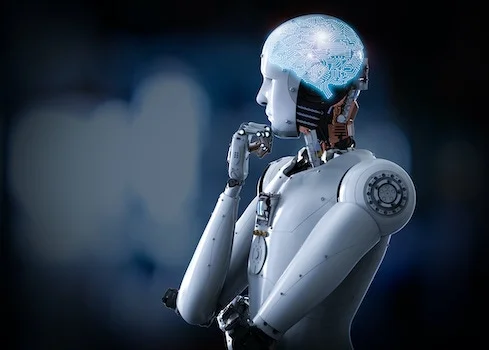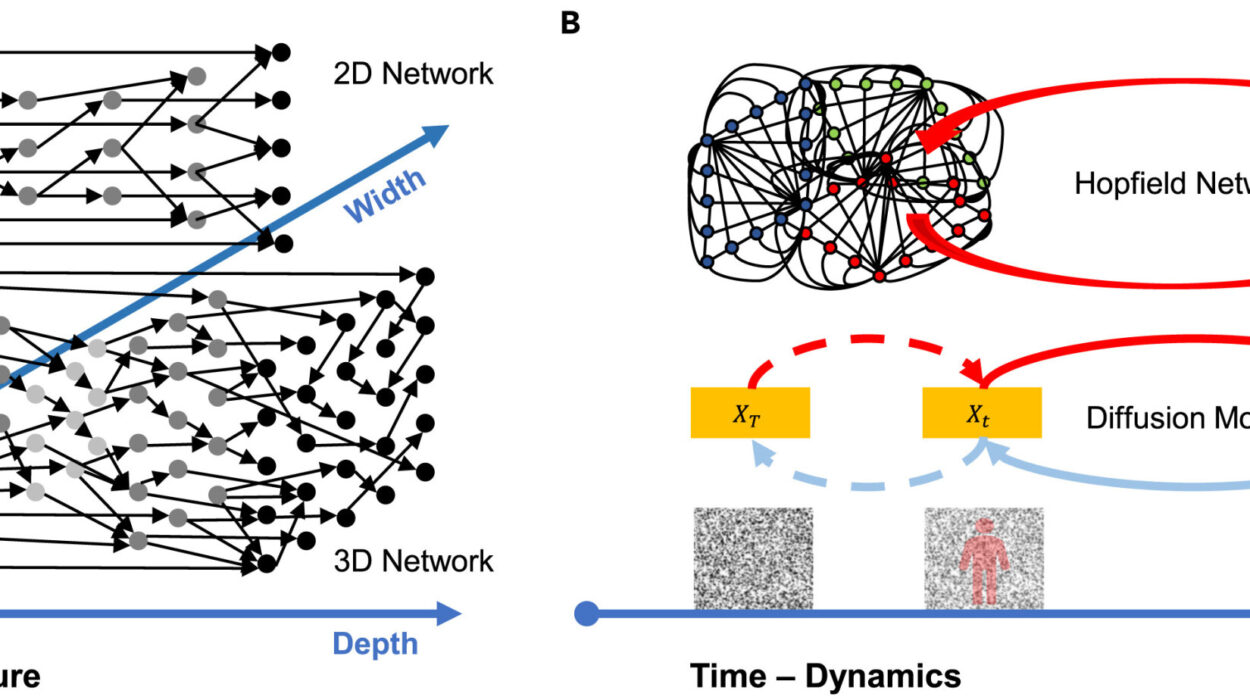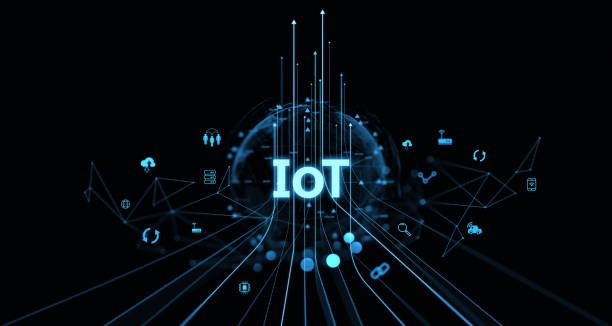In the quiet hum of a server farm, in a place you may never see, there’s a strange kind of mind at work. It has no heartbeat, no pulse, no consciousness. Yet, when you speak to it — or rather, type to it — it answers with the ease of a human penning a letter. These systems, called Large Language Models or LLMs, are the result of decades of research in artificial intelligence, mathematics, and computational linguistics.
We live in a time when the boundaries between human expression and machine generation have begun to blur. Ask an LLM to tell you a story about a lonely astronaut, and it can weave a narrative with emotional undertones, plot twists, and a believable voice. Ask it to explain quantum mechanics, and it can break the concept down in terms a curious teenager could understand. The astonishing part? It does all this without understanding in the way you or I understand — without a sense of self, memory of yesterday, or personal experience.
To truly grasp what an LLM is, we need to look back at the winding road that brought us here: the history of machine learning, the breakthroughs in neural networks, and the vast oceans of text that trained these systems to speak our language.
From Symbols to Statistics: A Short History of Machine Language
For most of the 20th century, computer programs followed rigid, rule-based logic. Early artificial intelligence researchers believed that if they could just feed a computer enough grammatical rules, dictionaries, and logical conditions, they could get it to converse fluently. This was the symbolic AI era — precise, mathematical, but limited.
These systems could solve certain well-defined problems, like playing chess or checking the grammar of a sentence, but they couldn’t handle the infinite messiness of human conversation. Natural language is not a neat code; it’s full of ambiguities, idioms, half-finished thoughts, and cultural references. For decades, AI researchers struggled to make computers truly understand language.
The shift came when scientists began to see language not as a fixed set of rules, but as a statistical pattern. Instead of telling a computer “this is how a sentence must be structured,” they began showing it billions of examples of real sentences and letting it learn the patterns for itself. This gave rise to the modern era of machine learning — and eventually, the deep learning revolution.
Neural Networks: The Brains Behind the Curtain
A neural network is a mathematical model inspired by the human brain, though it’s far simpler in reality. In a biological brain, neurons pass electrical signals to each other through vast networks of connections. In an artificial neural network, “neurons” are tiny mathematical units that take numbers as inputs, perform simple calculations, and send the results forward.
The key is in the connections — and their weights. When you train a neural network, you adjust these weights so that the network becomes better at producing the right output for a given input. If the brain learns through experience, the neural network learns through exposure to vast amounts of data.
Early neural networks had just a few layers of neurons, which limited their complexity. But in the 2010s, advances in computing power, algorithms, and data availability made it possible to build deep neural networks — systems with many layers that could capture incredibly subtle patterns. And when these deep networks were applied to text, something remarkable happened: they began to generate language with fluidity that surprised even their creators.
The Rise of Transformers: A Revolution in Language Processing
The true leap toward modern LLMs came in 2017, when researchers at Google introduced the Transformer architecture in a paper titled Attention Is All You Need. This was not just another incremental improvement — it was a paradigm shift.
Previous language models processed text sequentially, one word at a time, which made it difficult for them to grasp long-range relationships in a sentence. Transformers, however, could look at all words in a sentence at once, using a mechanism called self-attention. This allowed the model to weigh the importance of each word in context.
For example, in the sentence “The trophy doesn’t fit in the suitcase because it is too small,” the word “it” could refer to either the trophy or the suitcase. A Transformer-based model can analyze the entire sentence simultaneously and figure out that “it” most likely refers to the suitcase.
This architecture was so powerful that it quickly became the foundation for models like BERT, GPT, and eventually the massive LLMs that dominate AI research today.
Training an LLM: Feeding the Digital Brain
Training a large language model is a feat of engineering that combines mathematics, computing, and raw data. The process starts with pretraining — feeding the model a vast dataset of text from books, articles, websites, and other sources. This text is not labeled or annotated; instead, the model learns by trying to predict the next word in a sentence.
Imagine giving the model the sentence “The sun rises in the ___” and asking it to guess the missing word. At first, it guesses randomly. But over billions of examples, it learns statistical relationships between words, phrases, and concepts. It begins to recognize that “sun” often co-occurs with “light,” “warmth,” “day,” and “rise.” It also learns grammar implicitly, without being explicitly taught rules.
The scale here is staggering. Modern LLMs can have hundreds of billions of parameters — the adjustable weights in the neural network that encode the learned patterns. Training such a model requires thousands of specialized processors working for weeks or months, consuming energy on the scale of small towns.
Fine-Tuning: Teaching the Model to Play Nicely
After pretraining, the model has learned the structure of language, but it doesn’t yet know how to be helpful or safe in conversation. This is where fine-tuning comes in. Fine-tuning adjusts the model’s parameters using smaller, curated datasets, often designed to encourage desirable behaviors.
In some cases, fine-tuning uses a process called reinforcement learning from human feedback (RLHF). Humans interact with the model, rank its responses, and the model learns to produce answers that are more useful, accurate, and aligned with human values. This is how LLMs learn to refuse harmful requests, maintain politeness, and tailor their style to the user.
How an LLM Generates Text
When you type a prompt into an LLM, it doesn’t retrieve an answer from a database. Instead, it generates the answer one word (or token) at a time, each choice influenced by probabilities learned during training.
If you start with “Once upon a time,” the model considers millions of possible next words. It might assign a high probability to “there,” “a,” or “in,” and choose one based on its settings. Then it repeats the process for the next word, and the next, until it produces a coherent response.
This process is astonishingly fast — modern LLMs can generate dozens of words per second — yet it’s happening without consciousness or intent. The model is not thinking about the truth of what it says; it’s predicting what a likely, human-like continuation would be.
The Illusion of Understanding
When an LLM answers your question with eloquence and apparent reasoning, it’s tempting to believe it truly understands the world. But in a strict sense, it doesn’t. It has no sensory perception, no lived experiences, no memory beyond the conversation at hand.
What it has is a statistical map of language — an incredibly detailed map, built from patterns in human expression. It can simulate understanding because human understanding is often expressed through patterns in language. That’s why it can write poems, explain scientific concepts, or mimic the style of famous authors.
Yet this also means it can hallucinate — generating false or nonsensical information with the same confidence as factual statements. This is one of the key challenges in using LLMs responsibly.
The Ethics and Risks of LLMs
The power of LLMs brings profound ethical questions. They can be used to create misinformation at scale, impersonate individuals, or automate tasks in ways that displace human workers. They also raise privacy concerns, since their training data may contain personal or copyrighted information.
Bias is another serious issue. Because LLMs learn from human-generated text, they inherit the biases present in that text — cultural, racial, gender-based, and more. Without careful design and monitoring, they can reproduce or amplify these biases.
Developers and policymakers are now grappling with how to balance innovation with responsibility. Transparency, robust evaluation, and public dialogue are crucial if LLMs are to serve society without undermining it.
The Future of Large Language Models
Looking ahead, the future of LLMs may involve models that are more efficient, less prone to hallucination, and better at integrating with other forms of AI — vision systems, robotics, and real-time data sources. We may see multimodal models that can process not just text, but also images, audio, and video, creating a more holistic form of machine intelligence.
There’s also the question of alignment — ensuring that as these systems grow more capable, their goals and behaviors remain in line with human values. This is not just a technical problem, but a philosophical one: what values should we encode, and who decides?
Some researchers dream of LLMs that can truly reason, perhaps by combining neural networks with symbolic logic. Others imagine models that work alongside humans as creative partners, amplifying our ability to learn, invent, and tell stories.
A Mirror to Humanity
In the end, large language models are mirrors. They reflect the vast complexity, beauty, and flaws of human language. When you interact with an LLM, you’re not talking to a sentient mind — you’re conversing with the collective patterns of countless human voices, distilled into mathematical form.
That’s why, at their best, LLMs can inspire awe. They show us that language, which feels so personal and alive, can be captured in patterns of numbers — and yet, those patterns can still make us feel something. They can make us laugh, think, or pause in wonder.
The journey to build LLMs is not just a story of engineering triumph; it’s part of a larger human story. It’s about our quest to understand ourselves, to create tools that extend our abilities, and to explore what intelligence can be when it’s freed from the constraints of biology.
As we stand at this threshold, one thing is clear: large language models are not the end of the story. They are a beginning — a new chapter in the ever-evolving dialogue between humanity and its machines.






